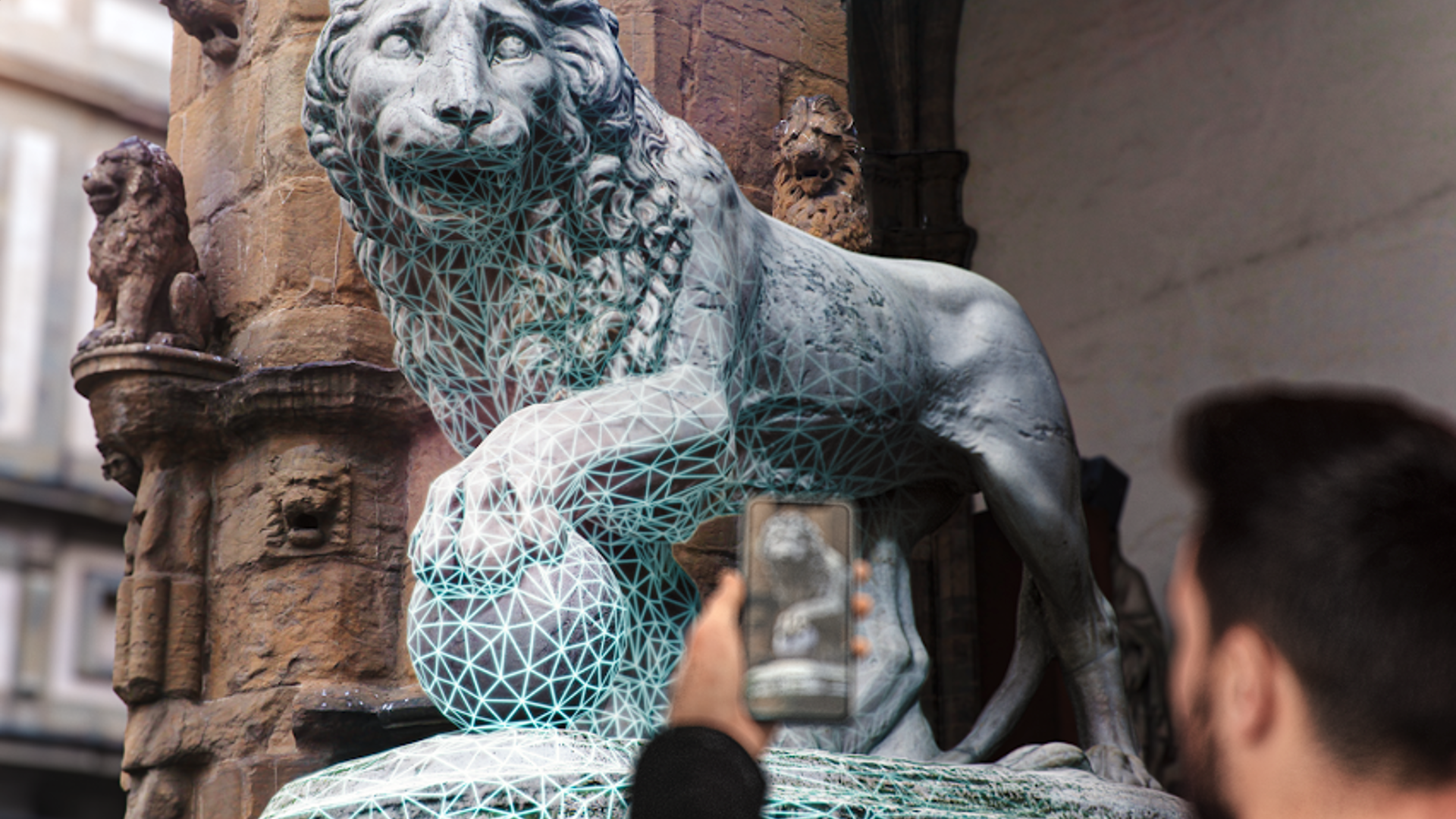Welcome back to AWE Talks, our series that revisits the best of AWE’s conference sessions. With AWE USA 2024 recently concluded, we have a fresh batch of footage to keep us busy for weeks to come.
We continue the action this week with a look at the importance of spatial mapping. Though it's unsexy back-end stuff, robust and reliable spatial maps are critical for AR to 'just work." Niantic shows us how.
See the summarized takeaways below, along with the full session video. Stay tuned for more video highlights each week and check out the full library of AWE USA 2024 sessions on AWE’s YouTube Channel.
Speakers
Brian McClendon, Niantic
Erik Murphy-Chutorian, Niantic
– For many flavors of AR, scene understanding is critical to realistic immersion.
– This can involve environmental scanning, as well as already-captured cloud-based 3D maps.
– Niantic has built a business around this, with a founding legacy in mapping (Google Earth).
– The company has since evolved into a set of tools such as Lightship ARDK and VPS.
– These require high-scale real-world mapping which in turn is supported by crowdsourcing.
– For example, Pokémon Go users strengthen the map with passive and active data capture.
Speakers
Brian McClendon, Niantic
Erik Murphy-Chutorian, Niantic
– For many flavors of AR, scene understanding is critical to realistic immersion.
– This can involve environmental scanning, as well as already-captured cloud-based 3D maps.
– Niantic has built a business around this, with a founding legacy in mapping (Google Earth).
– The company has since evolved into a set of tools such as Lightship ARDK and VPS.
– These require high-scale real-world mapping which in turn is supported by crowdsourcing.
– For example, Pokémon Go users strengthen the map with passive and active data capture.
– Passive capture involves aggregated/anonymized movement data that helps improve the map.
– This is sort of like Waze... users get value from the network while also contributing to it.
– Active capture meanwhile includes scanning locations for high-quality 3D models.
– This free tool offers lots of value to users, while also helping to build the collective map.
– The result is 250K scanned locations, on pace to reach 1 million by the end of the year.
– Niantic's 2001 Scaniverse acquisition unlocked and accelerated this scanning capability.
– Gaussian splatting was then integrated this year for more detailed and photorealistic scans.
– Meanwhile, another brick was added to the foundation with the 2022 acquisition of 8th Wall.
– This is sort of like Waze... users get value from the network while also contributing to it.
– Active capture meanwhile includes scanning locations for high-quality 3D models.
– This free tool offers lots of value to users, while also helping to build the collective map.
– The result is 250K scanned locations, on pace to reach 1 million by the end of the year.
– Niantic's 2001 Scaniverse acquisition unlocked and accelerated this scanning capability.
– Gaussian splatting was then integrated this year for more detailed and photorealistic scans.
– Meanwhile, another brick was added to the foundation with the 2022 acquisition of 8th Wall.
– 8th Wall was and is a leader in web AR, which brings more dimension to Niantic's dev tools.
– Now, 8th Wall's new visual editor sharpens the feedback loop for developers to build AR.
– This takes form in Niantic Studio, which now has a free tier and integrates with Scaniverse.
– All the above capabilities will be amplified when always-on AR glasses are more prevalent.
For more color, see the full video below...

Want more XR insights and multimedia? ARtillery Intelligence offers an indexed and searchable library of XR intelligence known as ARtillery Pro. See more here.
– Now, 8th Wall's new visual editor sharpens the feedback loop for developers to build AR.
– This takes form in Niantic Studio, which now has a free tier and integrates with Scaniverse.
– All the above capabilities will be amplified when always-on AR glasses are more prevalent.
For more color, see the full video below...
Want more XR insights and multimedia? ARtillery Intelligence offers an indexed and searchable library of XR intelligence known as ARtillery Pro. See more here.



